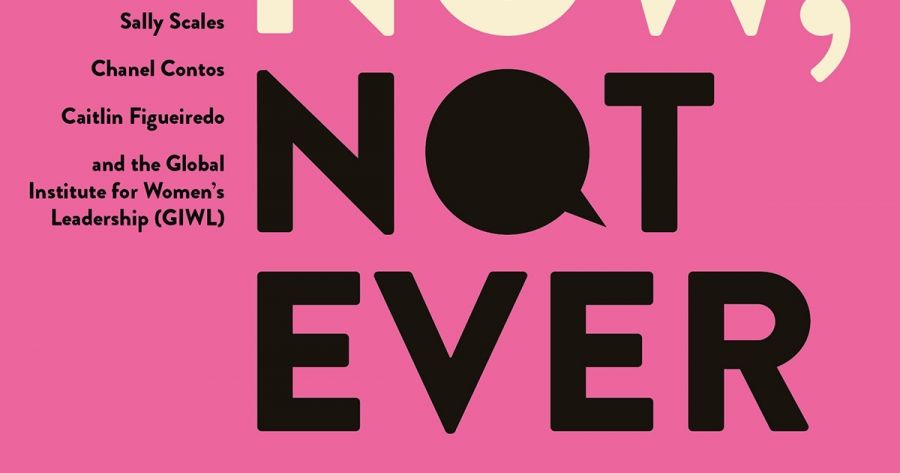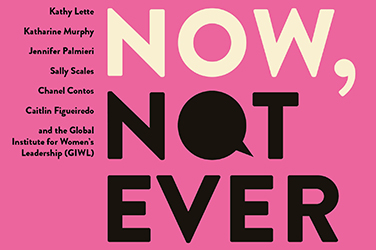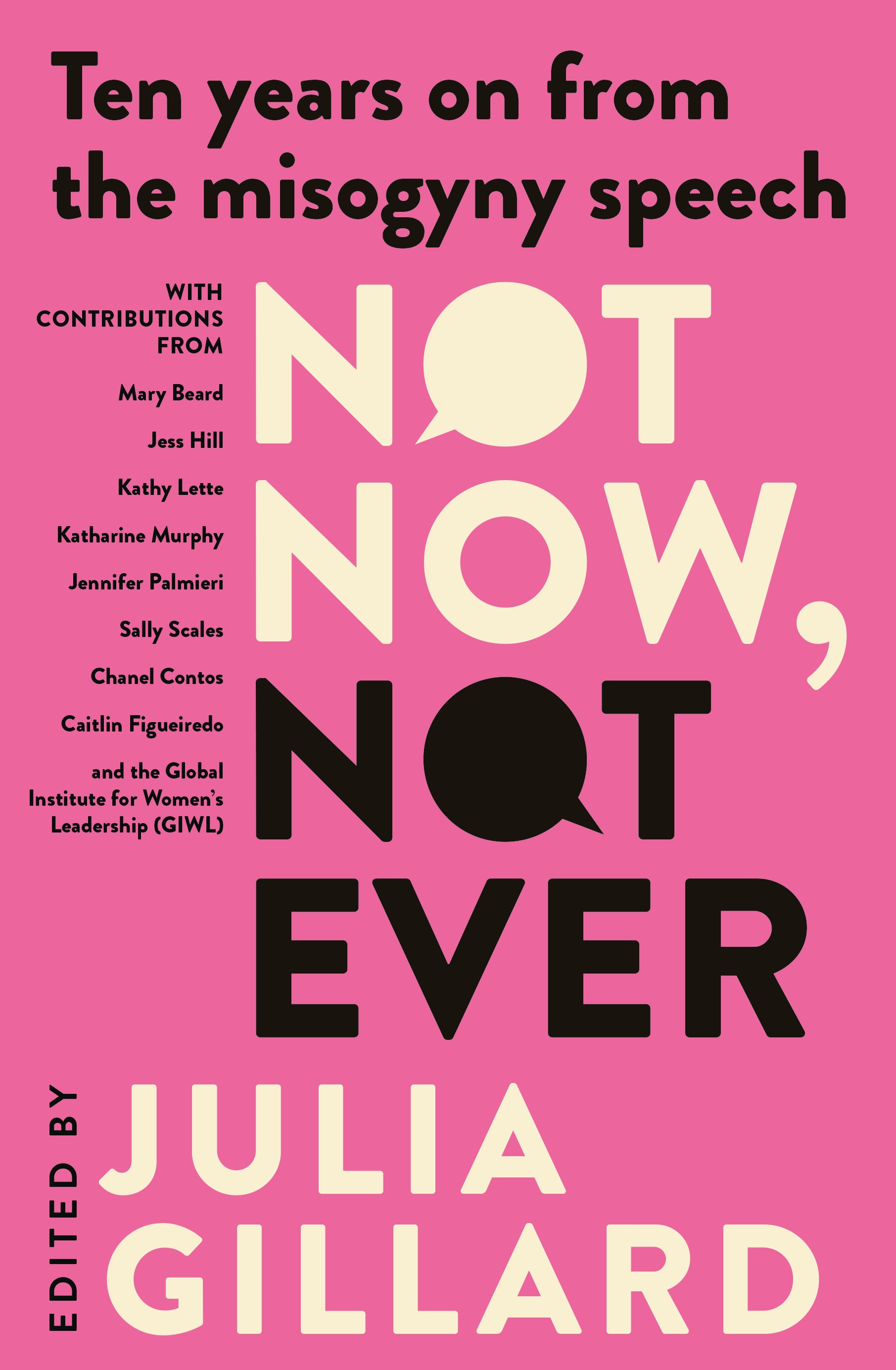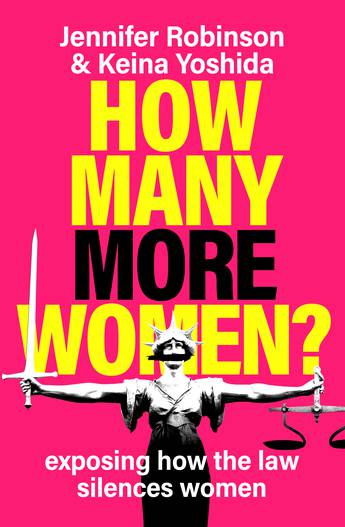
- Free Article: No
- Contents Category: Politics
- Review Article: Yes
- Article Title: The Gillard effect
- Article Subtitle: Creating a more equitable society
- Online Only: No
- Custom Highlight Text:
There is more that connects these two books than their bright pink covers – they both highlight a recasting of the patriarchal architecture of power as central to achieving gender equality. How Many More Women? and Not Now, Not Ever tell an uncomplimentary but complementary story of parliament, the executive, the courts, the media, universities, and business as components of a repressive world ‘tend[ing] to oppress and discriminate against women and girls’, while also enchaining men whose values and norms have moved beyond those of the patriarchy.
- Article Hero Image (920px wide):

- Article Hero Image Caption: Julia Gillard (Nick Clayton/PRH)
- Featured Image (400px * 250px):

- Alt Tag (Featured Image): Kim Rubenstein reviews 'Not Now, Not Ever', edited by Julia Gillard, and 'How Many More Women?' by Jennifer Robinson and Keina Yoshida
- Book 1 Title: Not Now, Not Ever
- Book 1 Subtitle: Ten years on from the misogyny speech
- Book 1 Biblio: Vintage, $35 pb, 245 pp
- Book 1 Cover Small (400 x 600):

- Book 2 Title: How Many More Women?
- Book 2 Subtitle: Exposing how the law silences women
- Book 2 Biblio: Allen & Unwin, $34.99 pb, 417 pp
- Book 2 Cover Small (400 x 600):

While some of the contributors will be familiar to readers, the book does not identify who they are. The ‘About the Author’ section tells us only about Gillard, the editor. This feels like a production error. Another oddity is the book’s use of quotes from individuals without their apparent knowledge. Clare Wright has tweeted: ‘TFW [that feeling when] you missed the memo that you’re in @JuliaGillard’s new book.’
For me, the standout chapter is by Jess Hill. She supplies the key link to Jen Robinson and Keina Yoshida’s harrowing collection exposing how the law silences women and causes Robinson and Yoshida to ask:
How many more women have to be raped and abused before we act? How many more women need to accuse him before we believe her? How many more women will be failed by the criminal justice system? How many more women need to say something before we do something? How many more women will be sued for defamation for speaking out? How many more women will be contracted to silence?
Underpinning this connection is Malcolm Turnbull’s resonant observation: ‘Disrespecting women does not always result in violence against women. But all violence against women begins with disrespecting women.’ Hill also links this point to that made by Jill Meagher’s widower: ‘Violent men … are socialised to objectify women, and they receive that messaging from the ingrained sexism and entrenched masculinity that permeates everything from our daily interactions up to our highest institutions.’
The power of Robinson and Yoshida’s brutal questions have added weight following the Australian Capital Territory Director of Public Prosecution’s recent decision to abandon retrying the Bruce Lehrmann case because of ‘ongoing trauma’ to the complainant and the view that another trial would present ‘an unacceptable and significant risk’ to Brittany Higgins’s life. The case had been set for a retrial in February 2023 the first trial was abandoned in late October following allegations of jury misconduct. The ACT Director of Public Prosecutions explained that he based his decision to not proceed on ‘compelling’ evidence from two independent medical experts. ‘Whilst the pursuit of justice is essential for my office and the community, the safety of a complainant in a sexual assault matter, must be paramount.’
The Higgins case shadows Robinson and Yoshida’s first edition of this book in powerful ways beyond the telling of her story. As a prelude to the prologue of their book, Robinson and Yoshida include a section ‘How many disclaimers?’ in which they explain that the book is not ‘asserting the truth about the allegations of gender-based violence within its pages’ and that every man named in their book vehemently denies all allegations – ‘allegations that often relate to matters that typically happen in private, behind closed doors’.
Woven into this tragedy we have a lurking disclaimer that offers little or no protection to tell the underlying story, as the authors relate. ‘It would of course be a great irony if we were to be sued and silenced for this book, which is itself about how women are sued and silenced. But irony is no protection in the law.’ It is also why in the first edition there are twenty-one pages on which there are sections or whole pages with redacted sentences. The ‘Brittany’s story’ heading is then followed by three pages blacked out and a further section, ‘When speaking out becomes contempt’ has a further four and half pages redacted. With the decision not to proceed with the Lehrmann retrial, one wonders whether a less redacted edition of the book will appear in 2023. There certainly is further material to add to Robinson and Yoshida’s well-argued thesis that ‘it is time for a different set of laws’ or that there may be an alternative way ‘to ensure the laws we already have provide gender justice’.
One of their many suggestions in a book that covers cases from around the world and that provides rich comparative detail is that courts in all jurisdictions should take an approach to gender-based violence that ‘adequately weighs’ all the rights involved, including women’s freedom of speech, so that the law is prevented from being used ‘as a weapon to silence’ women. This involves accepting that ‘when victims and survivors speak out about abuse, they do so in the public interest and that doing so is a powerful and important part of breaking the silence around different forms of gendered violence’. A more sophisticated exercise is proposed, protecting the rights of the accused, to be sure, but not at the expense of providing general protection for women to alert other women of the danger they face – ‘a warning system – and a different form of justice for women in a world where our criminal justice systems too often fail’. The sheer scope of the cases and jurisdictions covered provides a convincing foundation for their thesis. Beyond their joint scholarship, both authors draw on their significant contributions as lawyers battling court processes. These stories give their work nuance, deepened by their joint authorship (in which they note ‘Jen’s perspective’ and ‘Keina’s perspective’). This is an engaging form of autoethnography, where, as practitioners, they are writing about a topic of great personal relevance through their lived experience as women lawyers, providing deep reflections that are extremely useful when thinking about law reform.
Forewarned is forearmed is another message in Robinson and Yoshida’s book. So many women who have suffered gender-based violence and who have been through the criminal justice system have wished they had known more about it before proceeding. Building on the principle that ‘knowledge is the key to empowerment’, Robinson and Yoshida ‘want more women to understand this and to be aware of the issues they could face so they can make decisions that are right for them and find healing and justice. Understanding the problem is the first step towards fixing it.’
Which links back to Not Now, Not Ever and to the parliament where a significant part of the ‘fixing’ needs to occur. We have seen some changes in Australia, most recently as a consequence of the revelations of misogynistic behaviour in Parliament House, which led to the Set the Standards report of the Sex Discrimination Commissioner, with work continuing to ensure parliament is a safer workplace.
It is crucial to make parliament a safer workplace as well as a representative engine room for the creation of laws, rules, and regulations for a fairer, more inclusive society. This is the broader project the book embraces. How do we ensure that those who are undermined by patriarchal frameworks and the media are included? This point is reinforced through Dhanya Mani’s story in How Many More Women?. It is also persuasively highlighted in Aleida Mendes Borges’s intersectionality chapter in Not Now, Not Ever. The unacknowledged, the unheeded, and those who struggle for a voice also need representation.
Both books have a joint purpose, but their presentation seems more superficial: those bright book covers. Does the psychological appeal of pink suggest a woman-focused product? Google tells us that ‘bright/medium pinks symbolize energy, youthfulness, fun, excitement, strength and confidence. Dark pinks can be associated with sophistication and seduction.’ Is there a perception or indeed a reality that more women will read these two books than men? I hope not. These two books should be mandatory reading for parliamentarians, judges, journalists, lawyers, political scientists, and students of all stripes, so that before they assume power and influence they are already thinking about how to change the structures that have entrenched inequality. The more people are exposed to the ideas examined in these books, the more responsive they might be to the task of creating a safer, more equitable society. This is the grand mission of these two books.


Comments powered by CComment